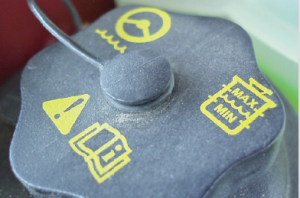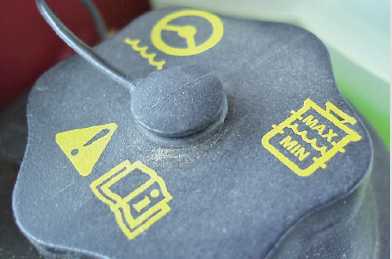When your professional alignment technician inspects a vehicle’s steering linkage, it’s very easy to spot a leaking rack and pinion steering gear because the rack boots are filled with leaking oil. Similarly, a conventional recirculating ball steering gear is usually worn out when oil is leaking from its steering shaft or sector shaft seals. An alignment technician might also want to replace either type of steering gear to address steering quality complaints. With that said, let’s look at some new and also some very old steering gear technology currently appearing in your independent shop’s service bays.
Steering Gear Types
The function of any steering gear is to transform the circular motion of the steering wheel into the linear motion needed to steer the front wheels right and left. While most modern vehicles integrate a hydraulic power assist into the steering gear to aid the driver in parking his vehicle, many hybrid, stop-start and conventional vehicles now employ electronic steering gears that can actually turn the front wheels with the engine off. As you might suspect, the electronic steering gear generates diagnostic trouble codes when problems develop and must therefore be diagnosed using a professional scan tool. Generally sold as an integral assembly, electronic steering incorporates a steering wheel position sensor and various torque-sensing devices to provide steering feedback to the driver. Since electronic steering is integrated with vehicle stability controls (VSC), electronic parallel parking, and other steering/safety systems, steering position sensor must re-learn the straight-ahead position to correctly enable these auxiliary systems after a wheel alignment or replacement is performed. Most electronic steering gears are currently available as complete units from the auto manufacturer.

The conventional recirculating-ball steering gear has proven to be a relatively trouble-free system. The most common failure is wear in the steering sector shaft bushings, which in turn causes the sector shaft oil seals to leak. Because many are designed with the sector shaft bearing directly against the steering gear case, the most reliable repair is to replace with a remanufactured unit. Unlike rack and pinion or electronic steering gears, conventional steering gears can often be adjusted to eliminate minor wear in the gears and bushings.
Thanks to their compact design and mechanical simplicity, rack and pinion steering gears have become popular, even in light trucks. The most common failure is oil leakage due to scuffing and pitting in the aluminum cylinder bore. Since special tooling is required to repair aluminum cylinder bores and install piston oil seals, the most cost-effective choice is to replace with a remanufactured unit. These units are sold in short- and long-rack versions, with the long-rack having new inner tie rod ends and boots attached to the rack assembly.
Installation Issues
Before removing any steering gear, it’s always important to lock the steering wheel in the straight-ahead position to prevent damaging the steering wheel’s air bag clock spring assembly. Many conventional steering gears also incorporate a steering position sensor that provides an input to the vehicle stability control and other safety systems. Whenever the steering system is disassembled or the front wheels are re-aligned, the steering position sensor must re-learn the straight-ahead position by using an appropriate scan tool or by using the auto manufacturer’s specified method.
Warranty returns on remanufactured steering gears are often caused by the power steering oil being contaminated with metallic debris from a worn power steering pump. When replacing a steering rack, the technician should inspect the power steering oil for a metallic “sheen” to the oil, which indicates metallic contamination. If the fluid appears contaminated, the power steering system should be flushed before installing the remanufactured steering gear. In many cases, the pressure and return steering gear hoses also should be replaced to ensure maximum reliability. Last, but not least, always include the recommended power steering oil with the sale. Remember that the type of oil used is determined by its compatibility with the rubber hoses and seals used in the steering gear assembly.














